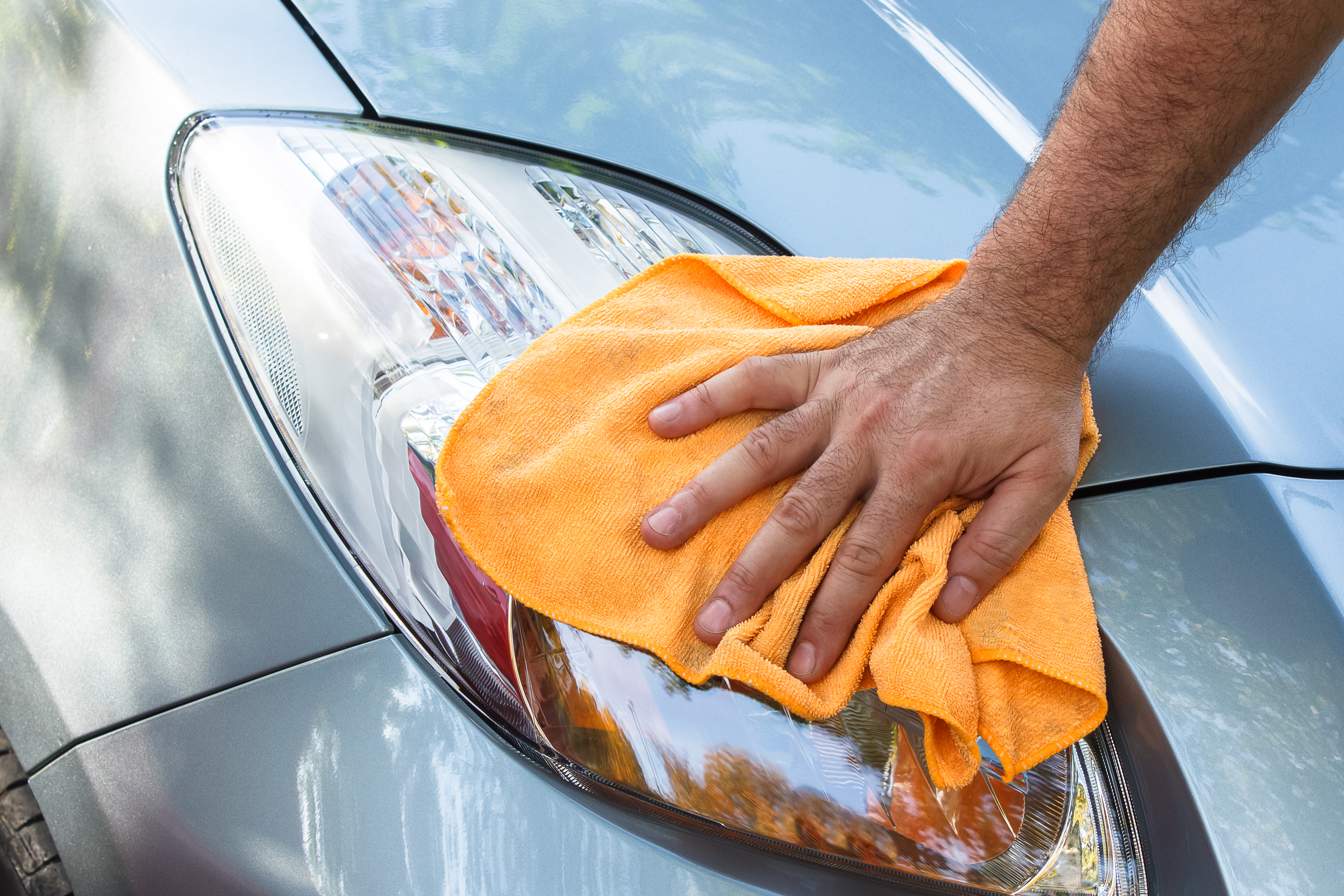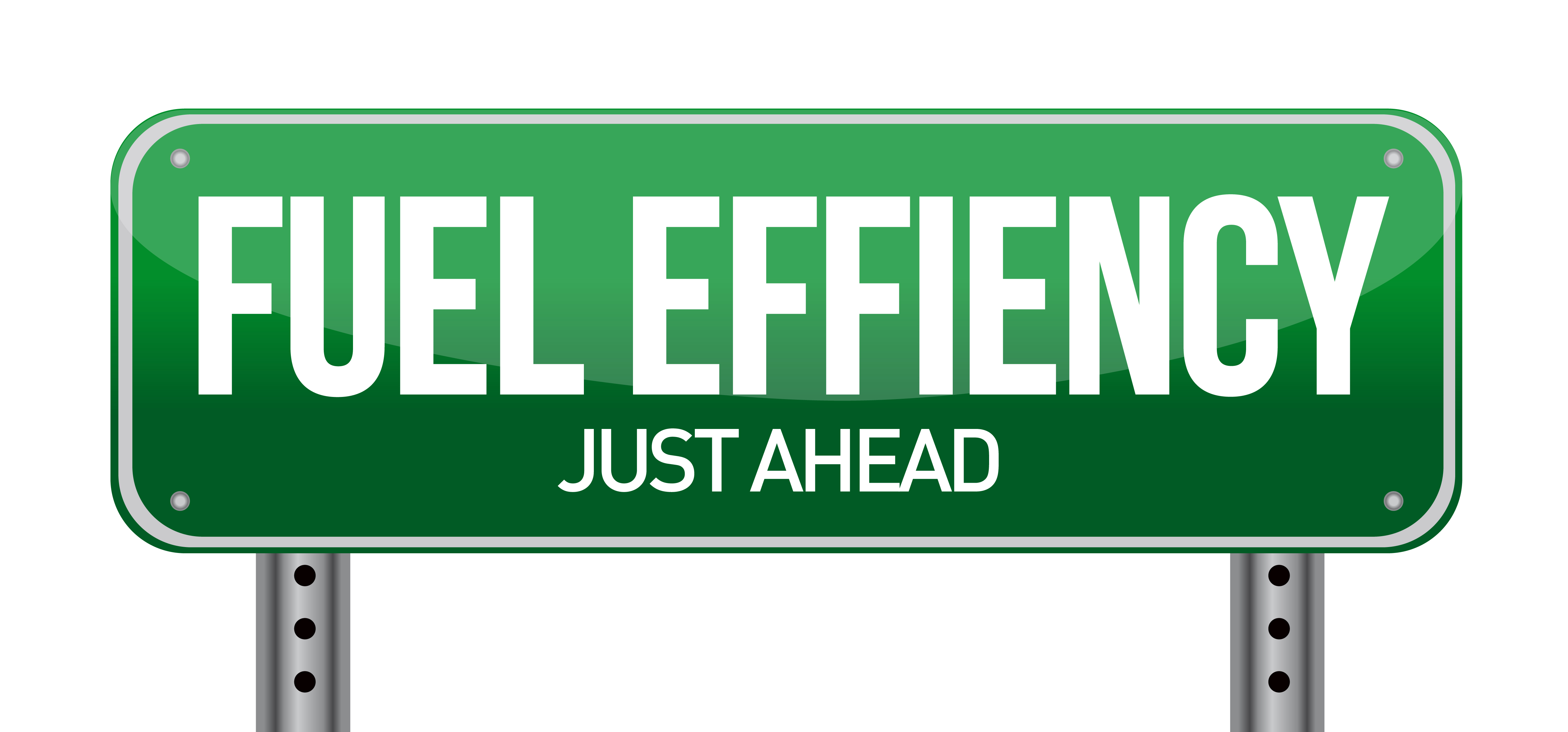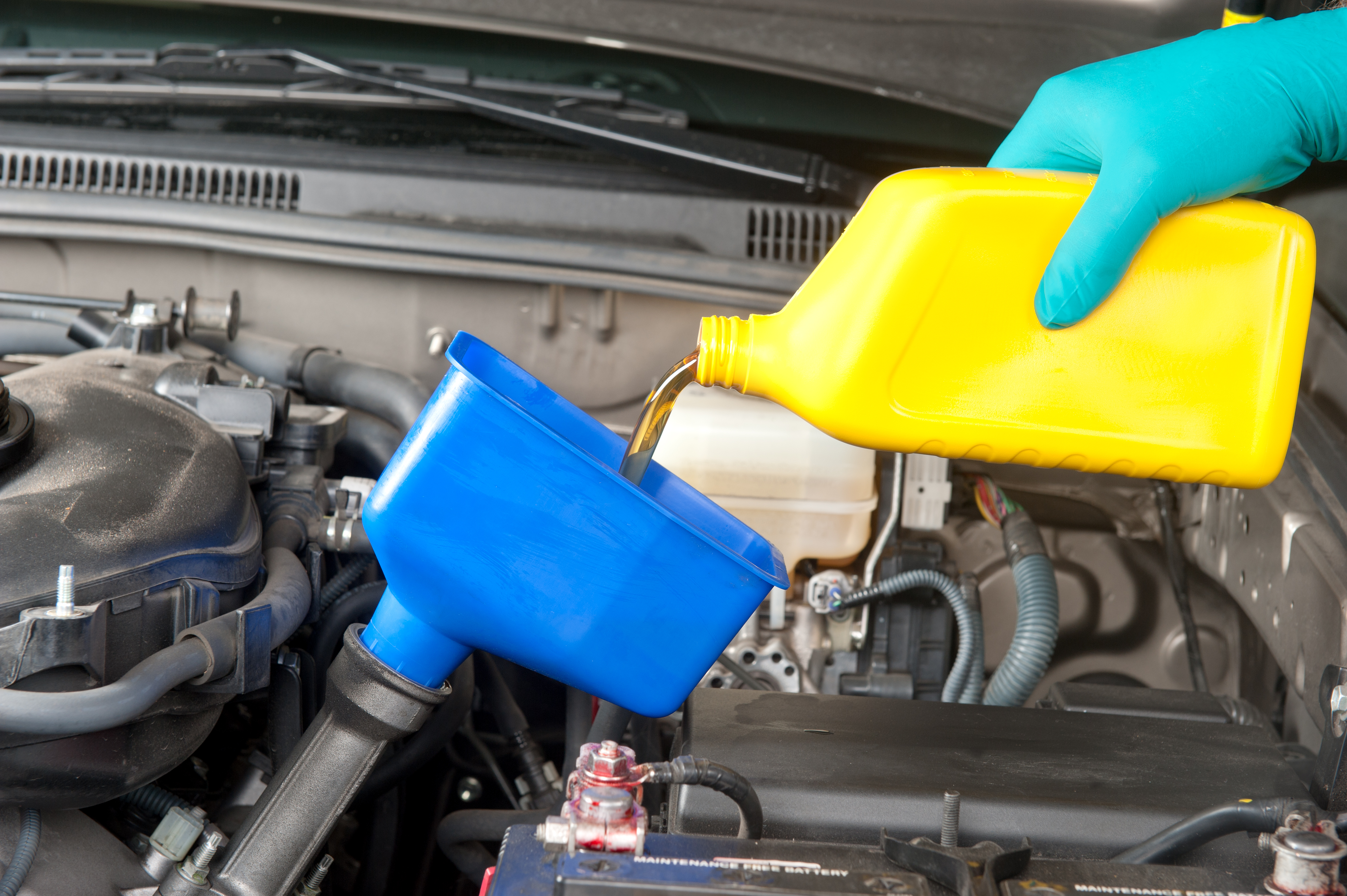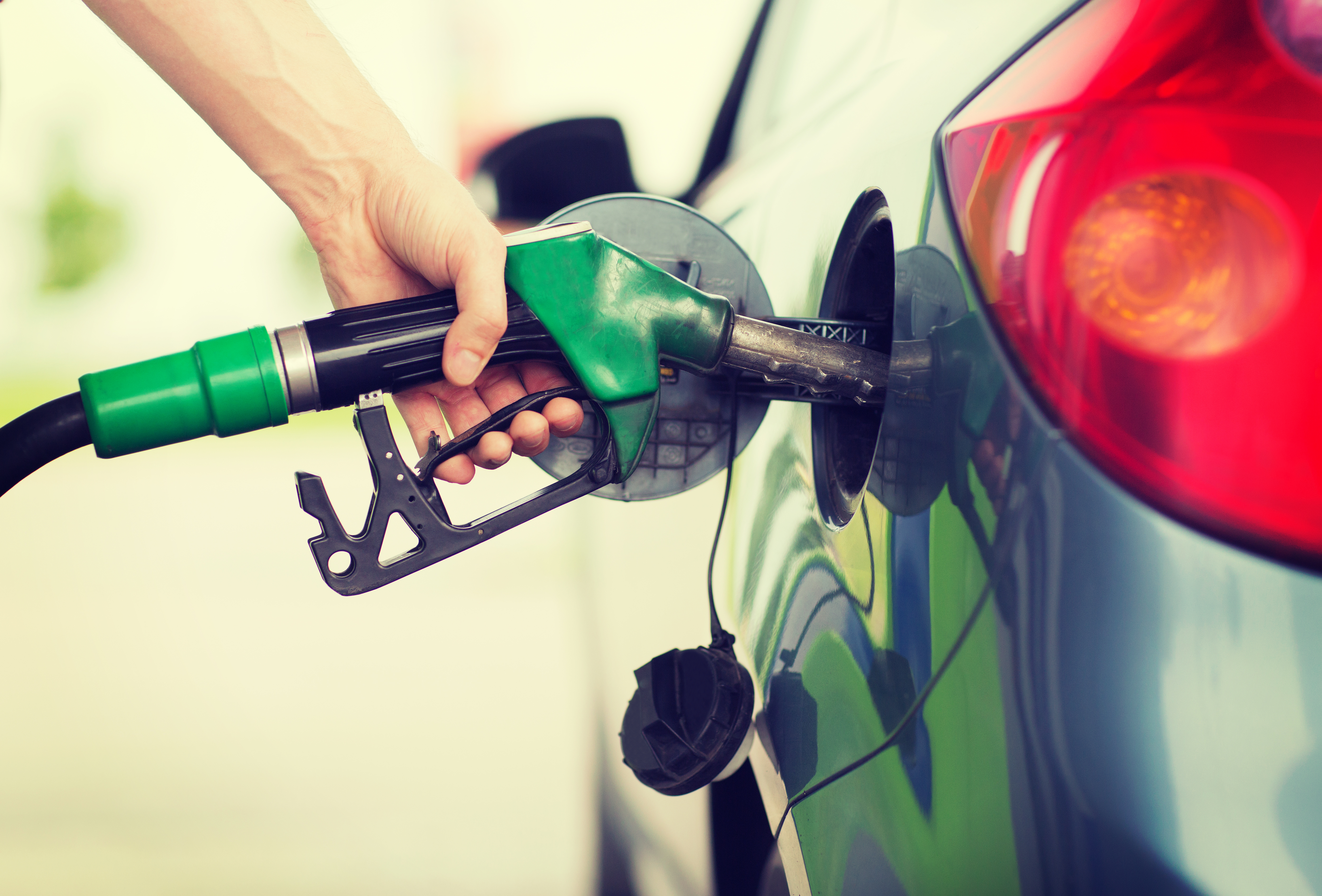How to Street Title a Dirt Bike
Step 1 – Contact your local Department of Transportation office for a detailed list of required equipment and documentation. Do not skip this important step. While every state that allows street-conversions will follow guidelines set by the federal government, each state may have additional requirements and procedures. At a minimum, you will need documentation declaring that you are the rightful owner of the motorcycle. Additionally, the motorcycle must also be equipped with a battery, headlight, taillight, turn signals, DOT-approved tires and a horn. Some states require rearview mirrors and a speedometer with a built-in odometer.
Step 2 – Obtain an Application for Dual Registration from your local Department of Transportation office or through your state’s DMV website. Complete the application entirely and bring it with you to the DMV office.
Step 3 – Gather the Title of Ownership and any other documents of ownership, as required by your Department of Transportation office. Most dirt bikes built after 2000 are sold with a Manufacturer’s Certificate of Origin (MSO), in place of a Title of Ownership. Contact the dealership at which you purchased the motorcycle, if you were not issued an MSO. Bring both the Title and the MSO to the DMV office, if possible.
Step 4 – Install the proper lighting and charging systems onto the motorcycle. Every state will require your dirt bike to be fitted with a headlight, taillight and brake light. Turn signals will be required, if the dirt bike was built after 1973. A battery must be equipped as well, providing enough power to illuminate the lighting system for 20 minutes without a supplemental charge from the motorcycle’s engine. A speedometer must also be equipped, in most states. Several Enduro or Baja-type kits, which include all of the necessary equipment, are available from aftermarket off-road suppliers. You will also need to replace the motorcycle’s off road-biased tires with DOT-certified dual sport tires for use on- and off-road.
Step 5 – Set up an inspection appointment with your local Department of Transportation office. Bring the motorcycle, the Application for Dual Registration and the Title or MSO to the appointment. An inspector will evaluate the motorcycle and its equipment, once you have supplied your documents. You will need to sign an affidavit that certifies that all of the equipment requirements have been met, after the inspector has approved your motorcycle. You will be provided with a license plate, a new title and registration documents.
Quick Money Savings Tip For Safe Drivers
There are dozens of auto insurers – Which one will give you the best rate?
Step 1) Choose your vehicle make below.
Step 2) On the next page, complete the 4 minute questionnaire, and you'll have the opportunity compare the best rates in your area.
Step 3) Keep more money and possibly save hundreds!










